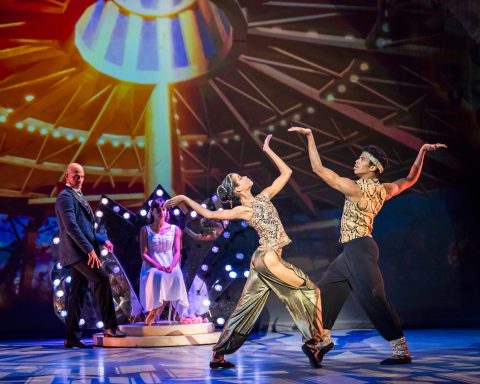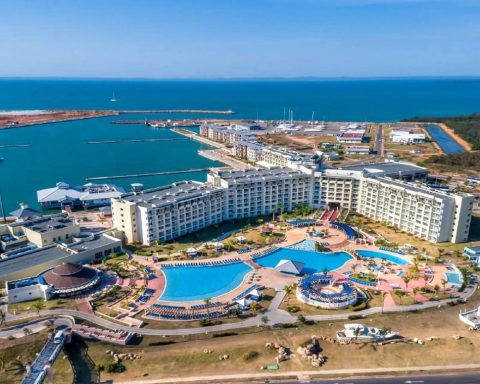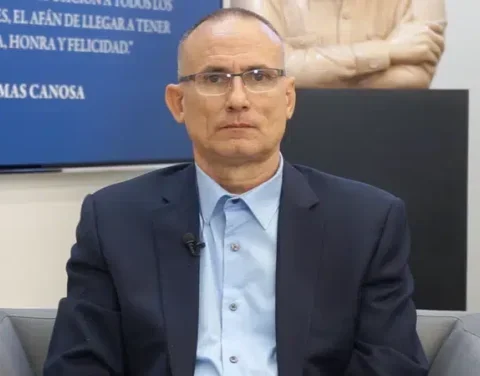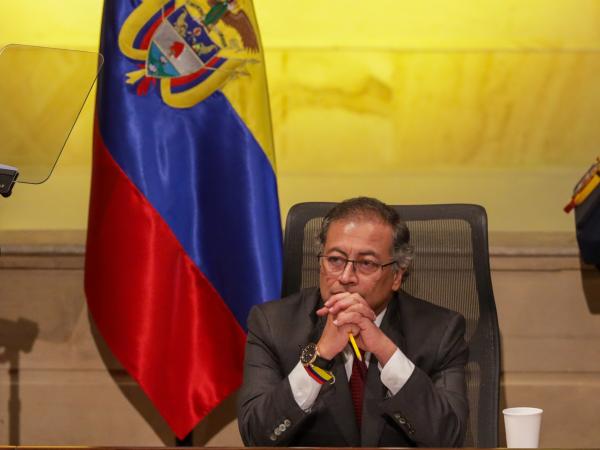AREQUIPA, Peru – As a Cuban visual artist, Carlos Enríquez Gómez or simply Carlos Enríquez, his most popular name, is at the top along with The painters of the Island most prominent in the 20th century.
Born in 1900, this August 3 marked the 124th anniversary of the birth of a prominent painter, writer and illustrator, known for his contribution to the modernist movement in Cuba.
Carlos Enríquez took his first steps in his native Zulueta, Villa Clara, and moved to Havana in his youth to study at the San Alejandro Academy of Fine Arts.
There he was trained in the academic tradition, but was quickly drawn to the European avant-garde. In 1925, he moved to the United States, where he became involved with the circle of artists and intellectuals in New York, and developed his own style that fused surrealism and symbolism with Cuban themes.
He returned to the Island in 1934 and joined the Havana Group, a generation of artists who sought to renew Cuban art. His work was characterized by a vigorous and sensual representation of the Cuban landscape and culture, using intense colors and dynamic forms.
Among his best-known works are: The abduction of the mulatto women (1938), an emblematic painting that stands out for its vibrant use of color and its evocation of Cuba’s Creole identity. The work was awarded at the National Salon of 1938 and is permanently exhibited at the National Museum of Fine Arts.
In the pictorial work of Carlos Enríquez, pieces such as Manuel García, the king of the fields of Cuba, Happy peasants, Two rivers and Cuban landscape.
As part of his vast work, Carlos Enríquez also illustrated numerous books, including Terror in Cuba and Song of the Caribbeanboth by Alberto Riera, The whole sound and Elegy for Jesus Menendezby Nicolás Guillén. He also wrote three novels: Tilin Garcia, Chencho’s return and The Guaicanama Fair.
Throughout his career, Carlos Enríquez exhibited in important galleries and museums both in Cuba and abroad, and his work is still valued for his contribution to modern Cuban art.
The famous painter’s health deteriorated during the 1950s due to bone problems and alcohol problems. Carlos Enríquez died in Havana on May 2, 1957, the day he was to open an exhibition at the Lex publishing house, which was opened in June 1957 as a posthumous tribute.
Follow our channel WhatsApp. Receive the information from CubaNet on your cell phone through Telegram.













